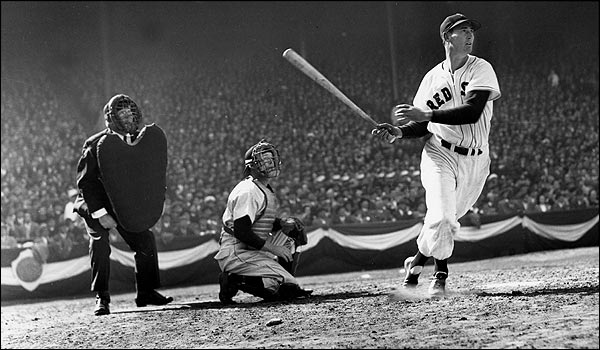Hey! Look! I can still do it!
I'm sure a lot of Yankee fans are happy that Phil Hughes finally gave the Yankees a quality start. And by "quality start" I'm not simply talking about that silly stat used in place of wins in fantasy baseball leagues. Philthy went 6.2 innings, giving up three earned runs off of six hits, while walking only one and striking out seven. And although averaging a little over 17 pitches an inning isn't spectacular, it is a hell of a lot more efficient than Hughes has been so far this season (going into yesterday's start Phil was averaging over 20 pitches per inning).
Phil Hughes' locker does not have this logo above it.
Personally I'm a bit torn about Phil's game last night. That seems really weird at first, because I should be happy about any good start coming from the Yankees. Yankee starters have the 4th worst ERA in the American League (5.44), while the Rays, Blue Jays, and Orioles have the 2nd, 3rd, and 4th best ERAs respectively (the Red Sox have the 2nd worst ERA in the AL, at 5.88).
But it comes down to really being intrigued by seeing guys like David Phelps get a chance to start games. David didn't exactly slay Goliath in his debut last Thursday against the Royals, going four innings and allowing two earned runs. However he did strike out five batters, while walking zero, which makes me think better days are ahead of him.
Not Pictured: Royals and David Phelps
Although Ivan Nova has had it rough his last two outings, having given up a total of 11 earned runs over 11.2 innings, on top of a K:BB ratio of 8:7, I think his spot in the rotation is fairly secure. After all, Freddy Garcia didn't get yanked out of the rotation until his ERA ballooned to 12.51. It also took Nova 20 games since he lost on June 3rd of last year to add another "L" to his Win-Loss record.
And as for CC Sabathia and Hiroki Kuroda, you can rest assured that we'll be seeing their name listed under "Starter" for the foreseeable future.
So when Andy Pettitte makes his Yankee return, who will get the ax? Well, I think it'll be Phelps. Although ultimately I believe Joe Girardi and Brian Cashman will do what's best for the team, I can't help but think they'll keep giving Hughes a shot at starting until he makes it abundantly clear that he can't do it. In fact, if it wasn't for Mariano's injury, then there wouldn't be a good place for Hughes to fit outside of the rotation. Not with a bullpen already filled with more than enough arms to get them from the 7th through the 9th innings. Now that Rivera's out, a good spot seems to be there for Hughes. The only question is... how long before the team decided to put him here, and giving somebody like David Phelps a real shot?







